
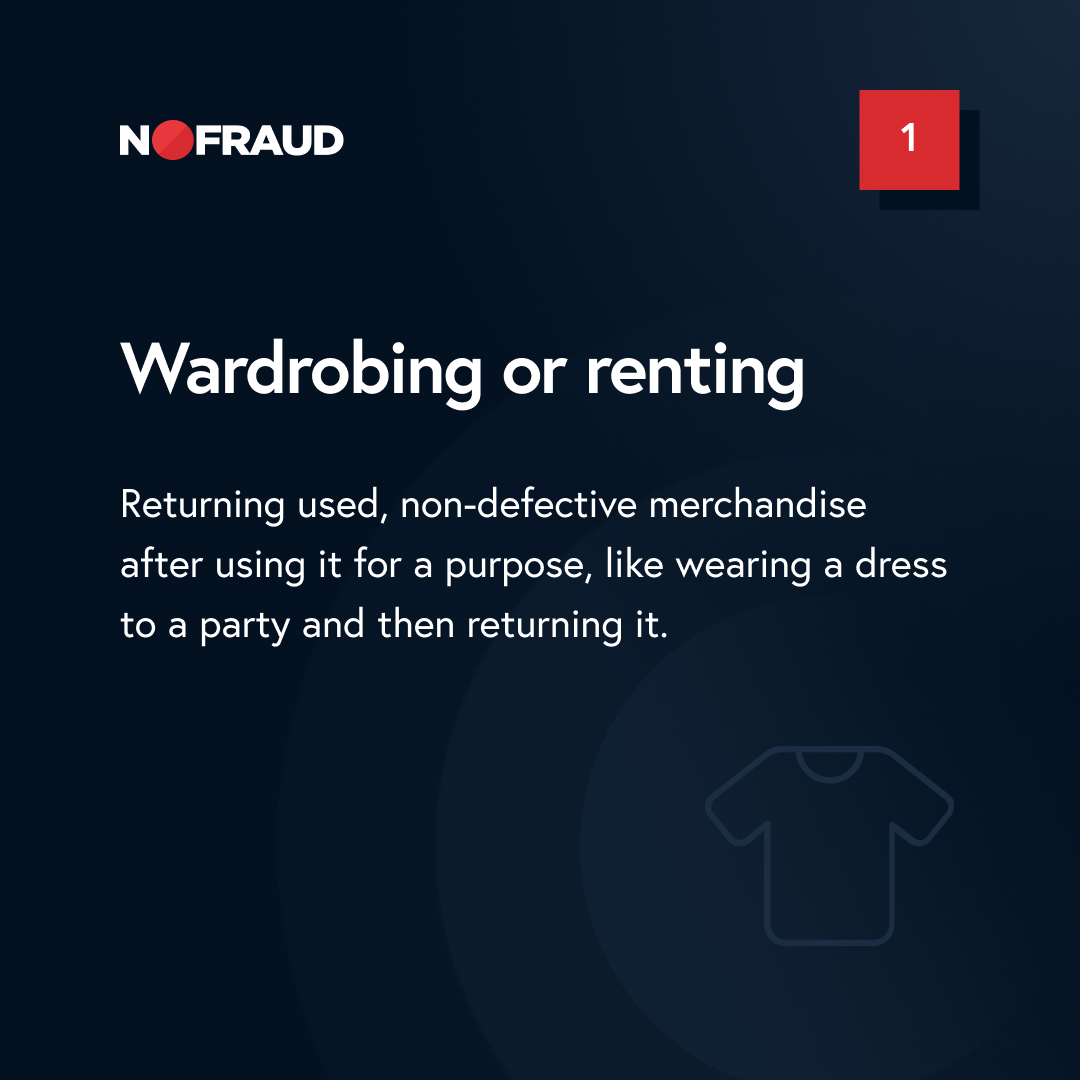

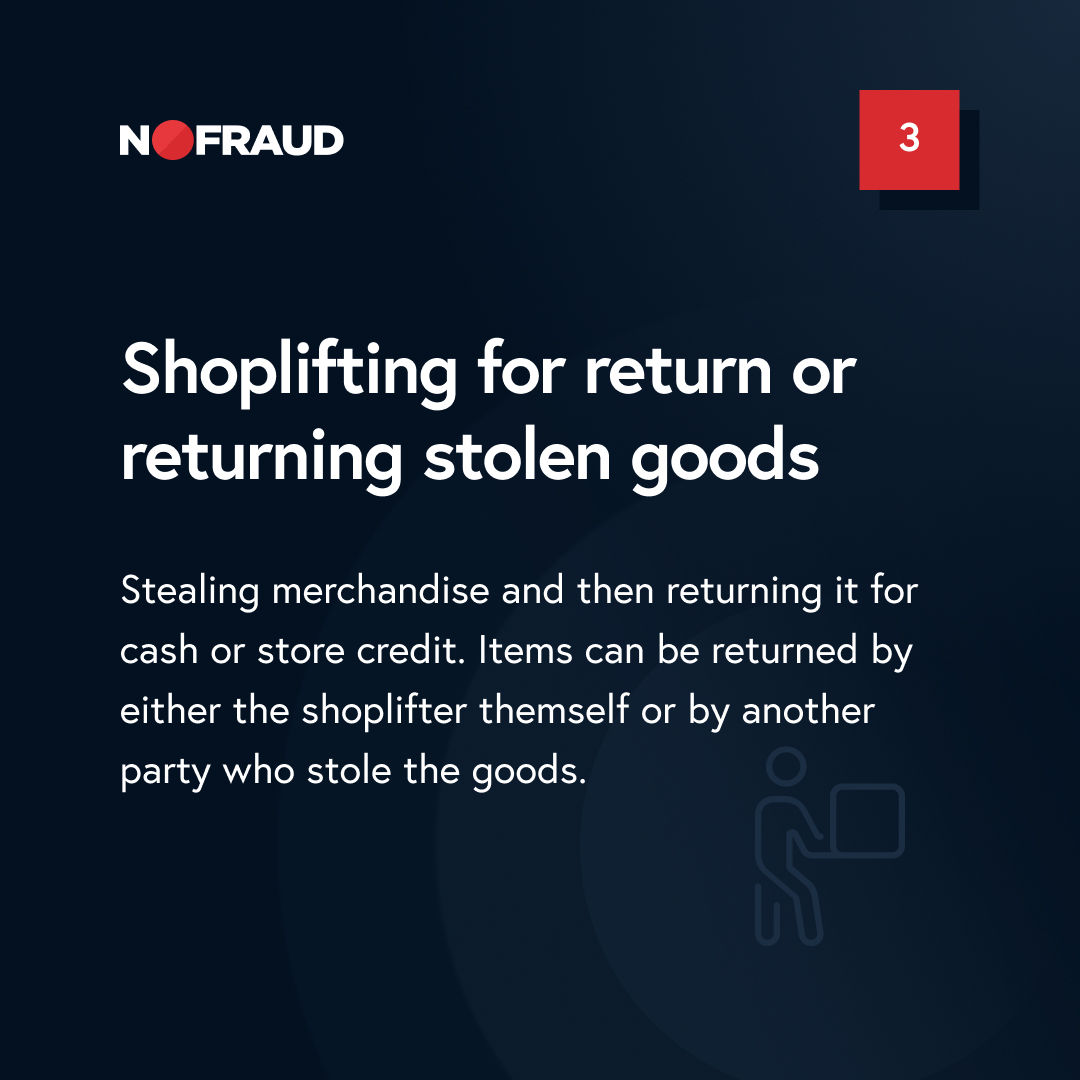
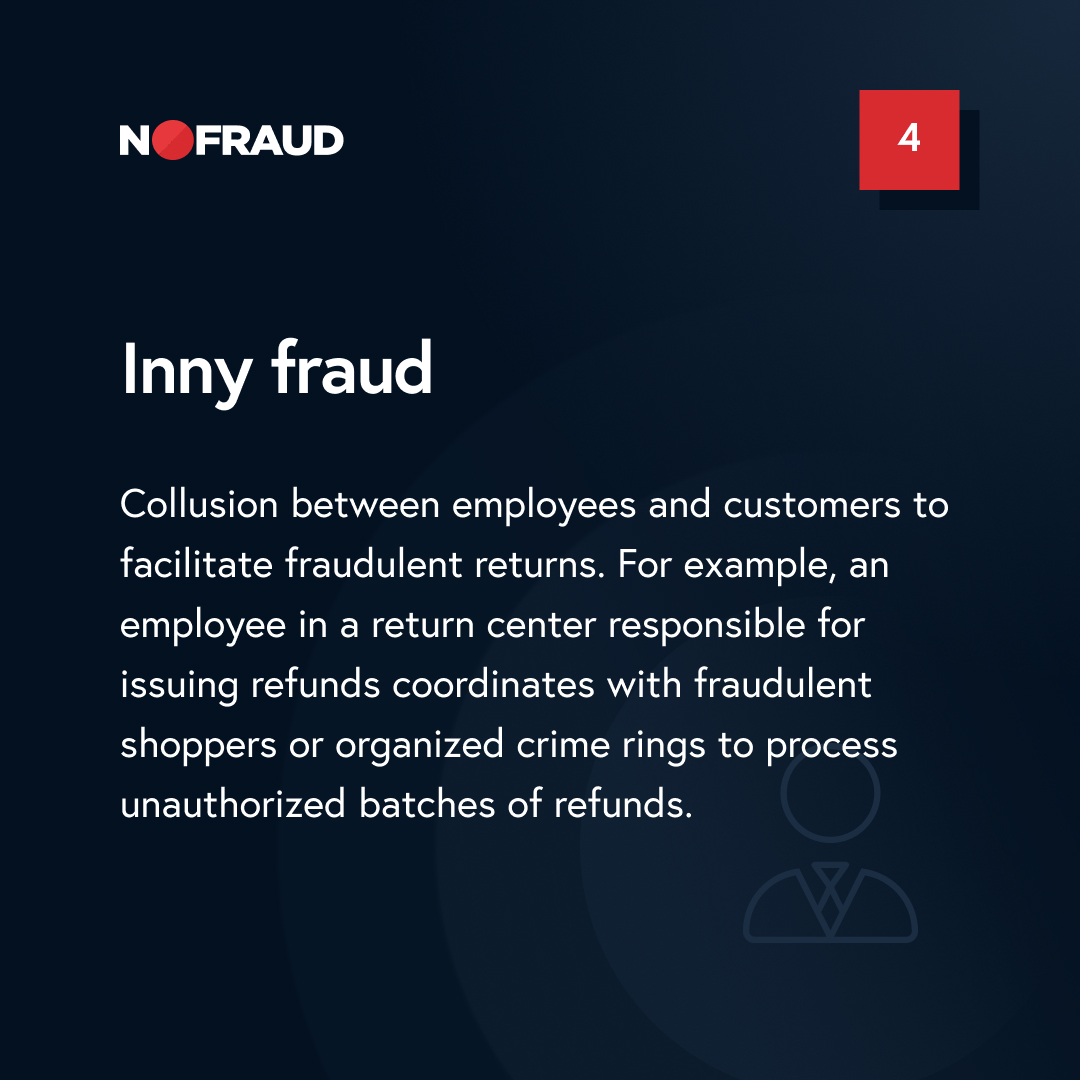
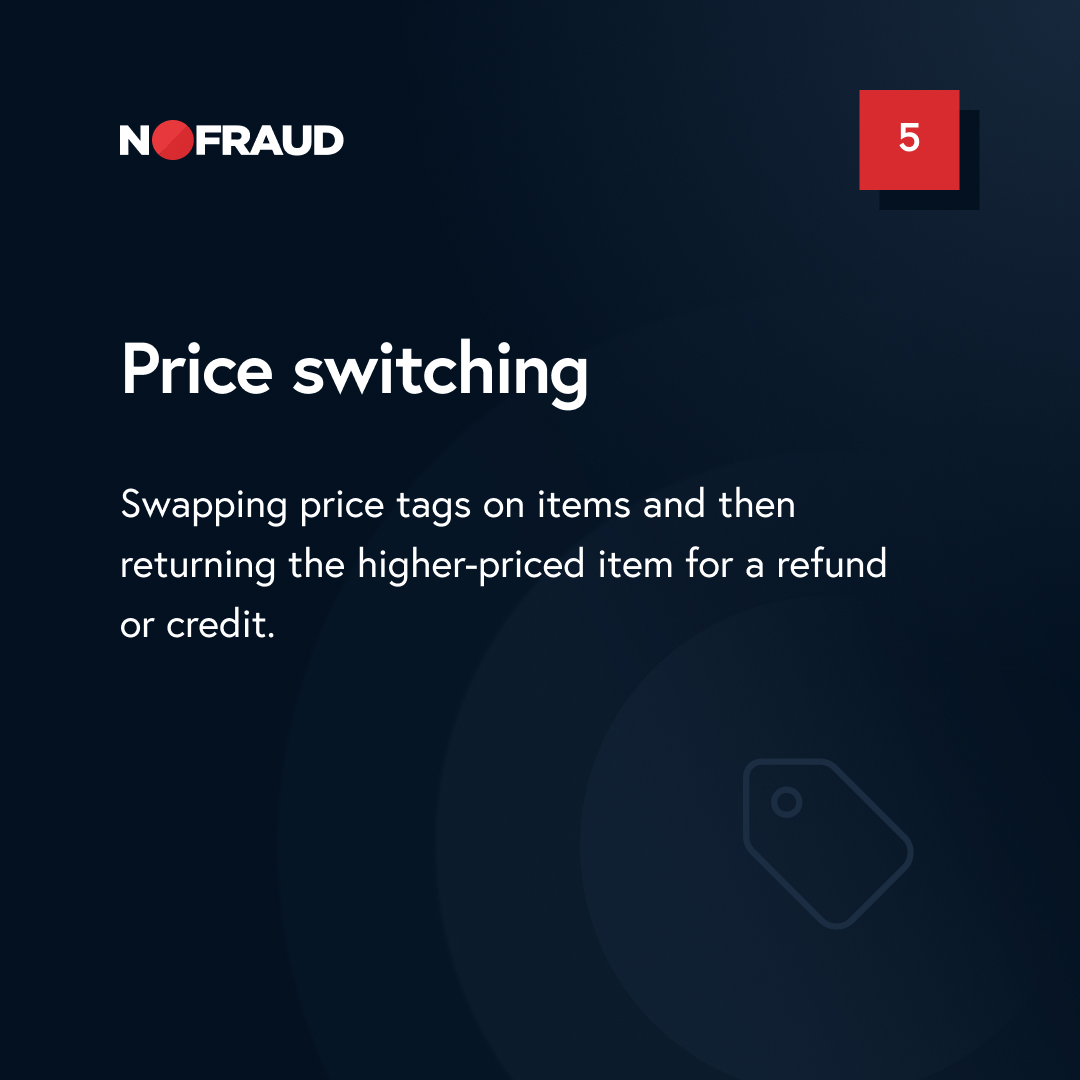



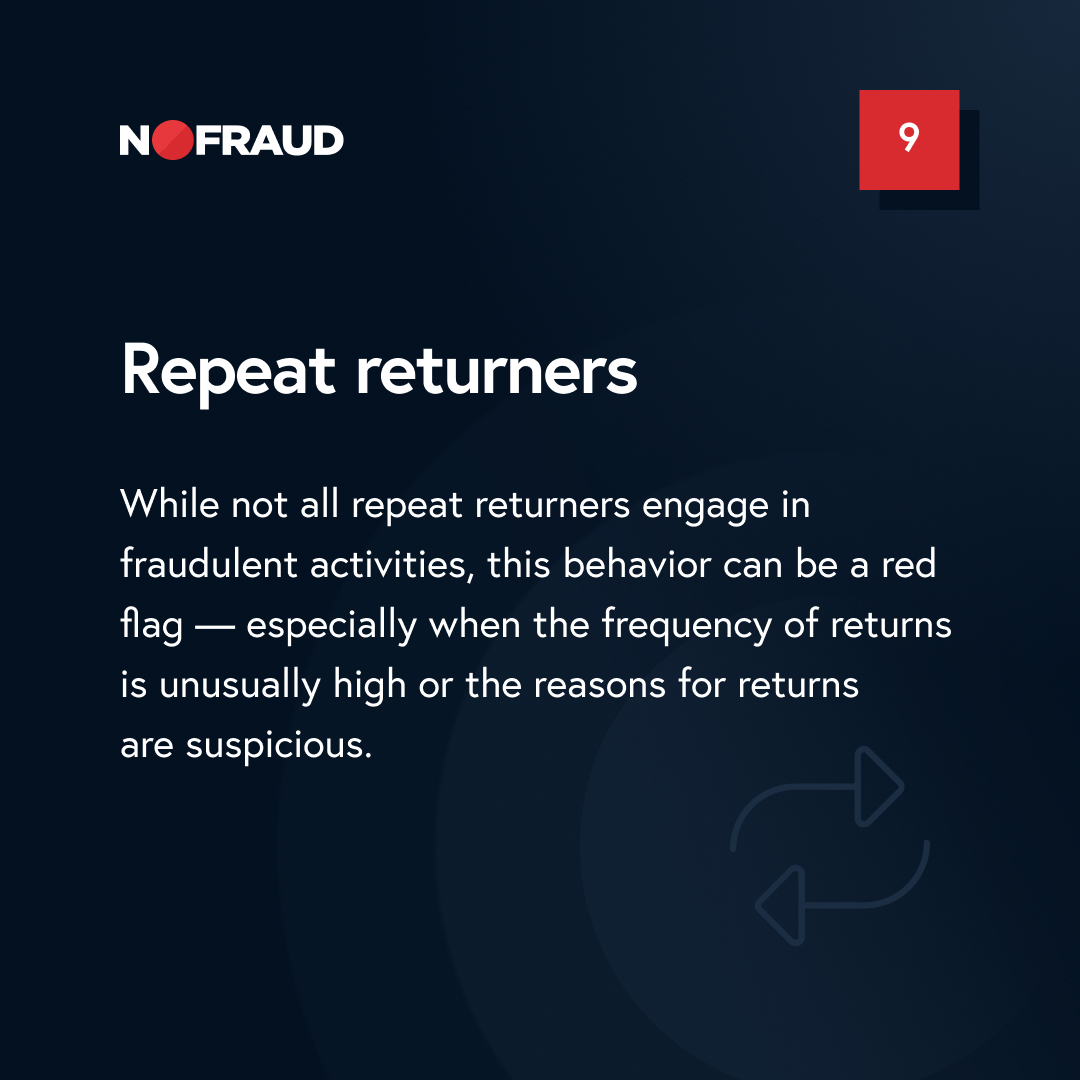
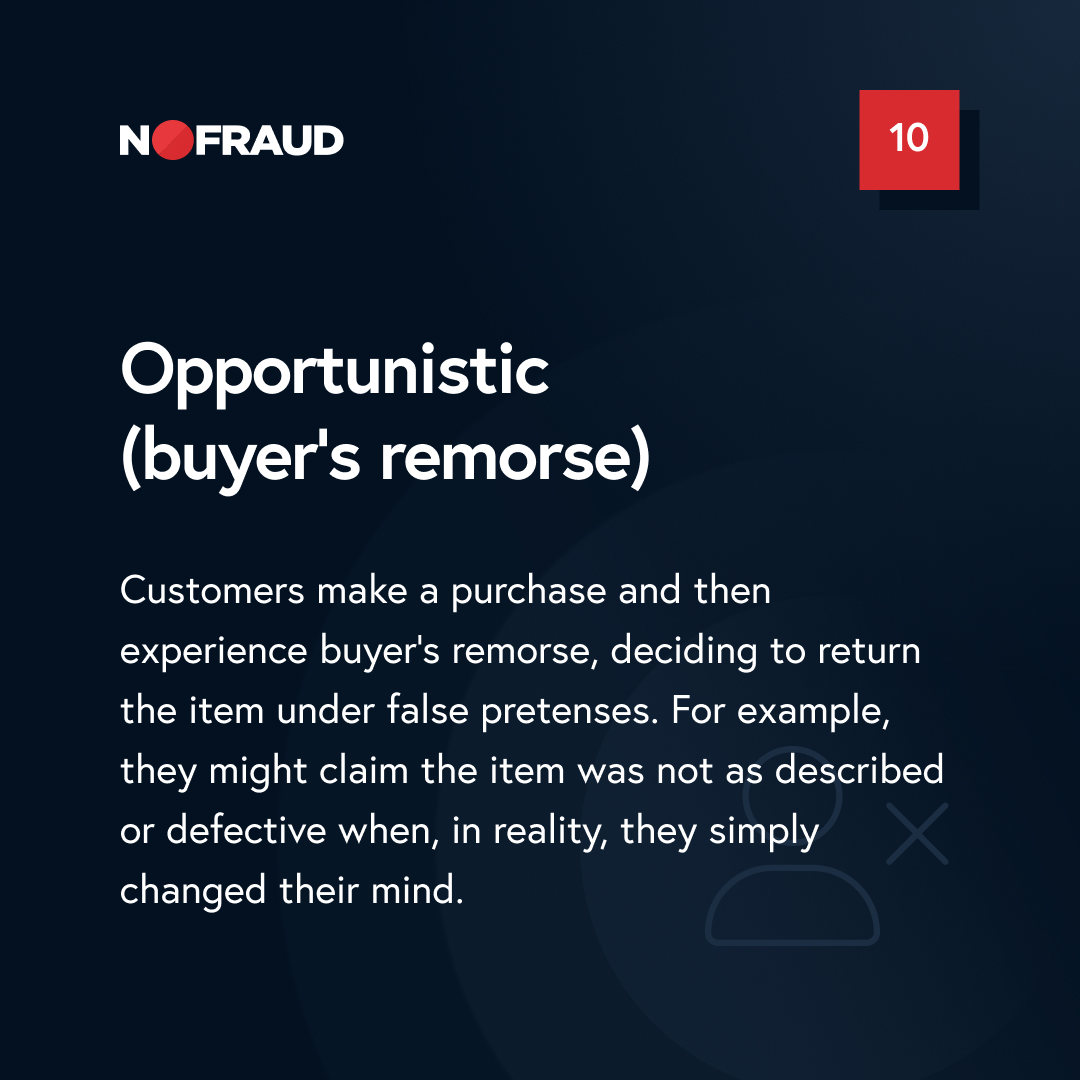
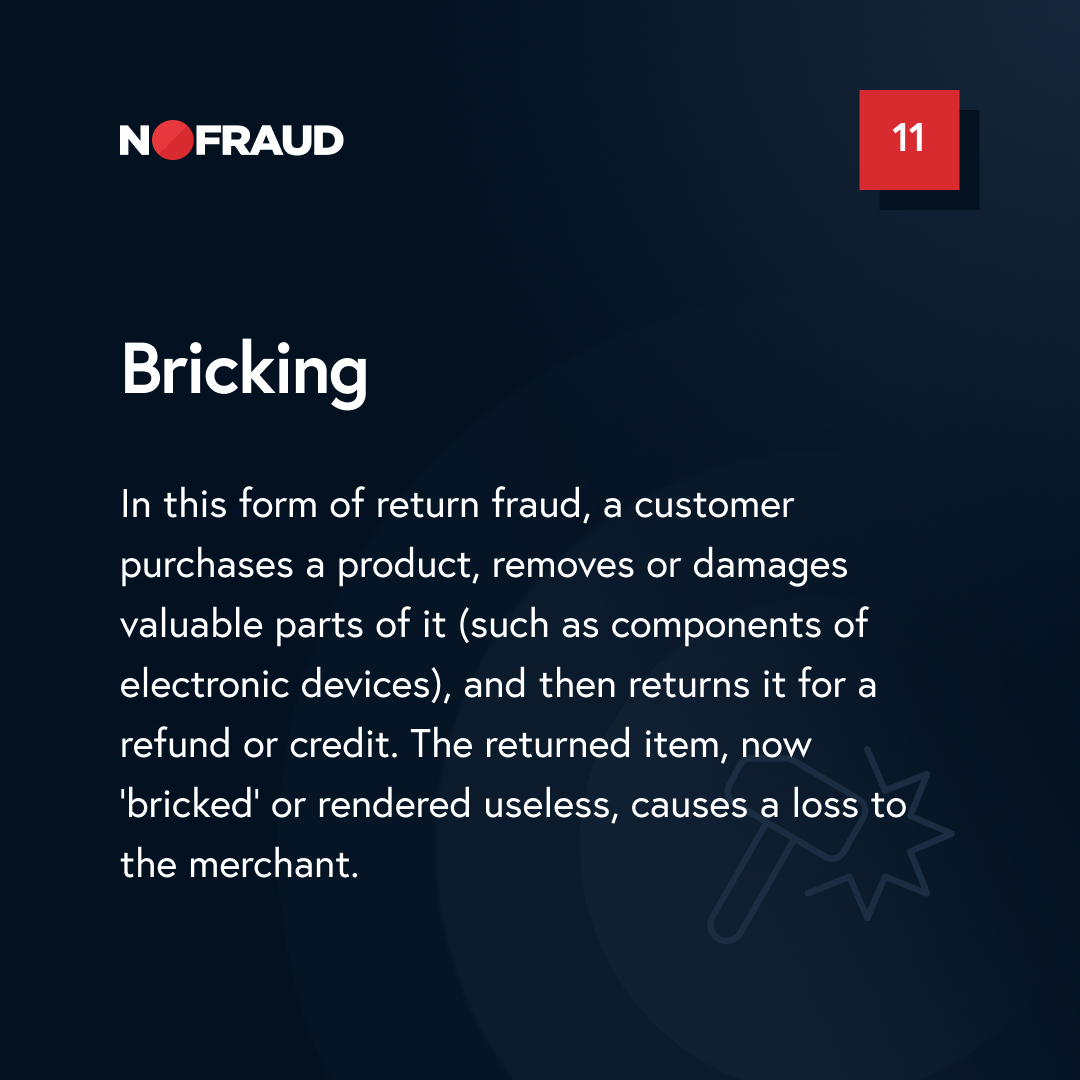
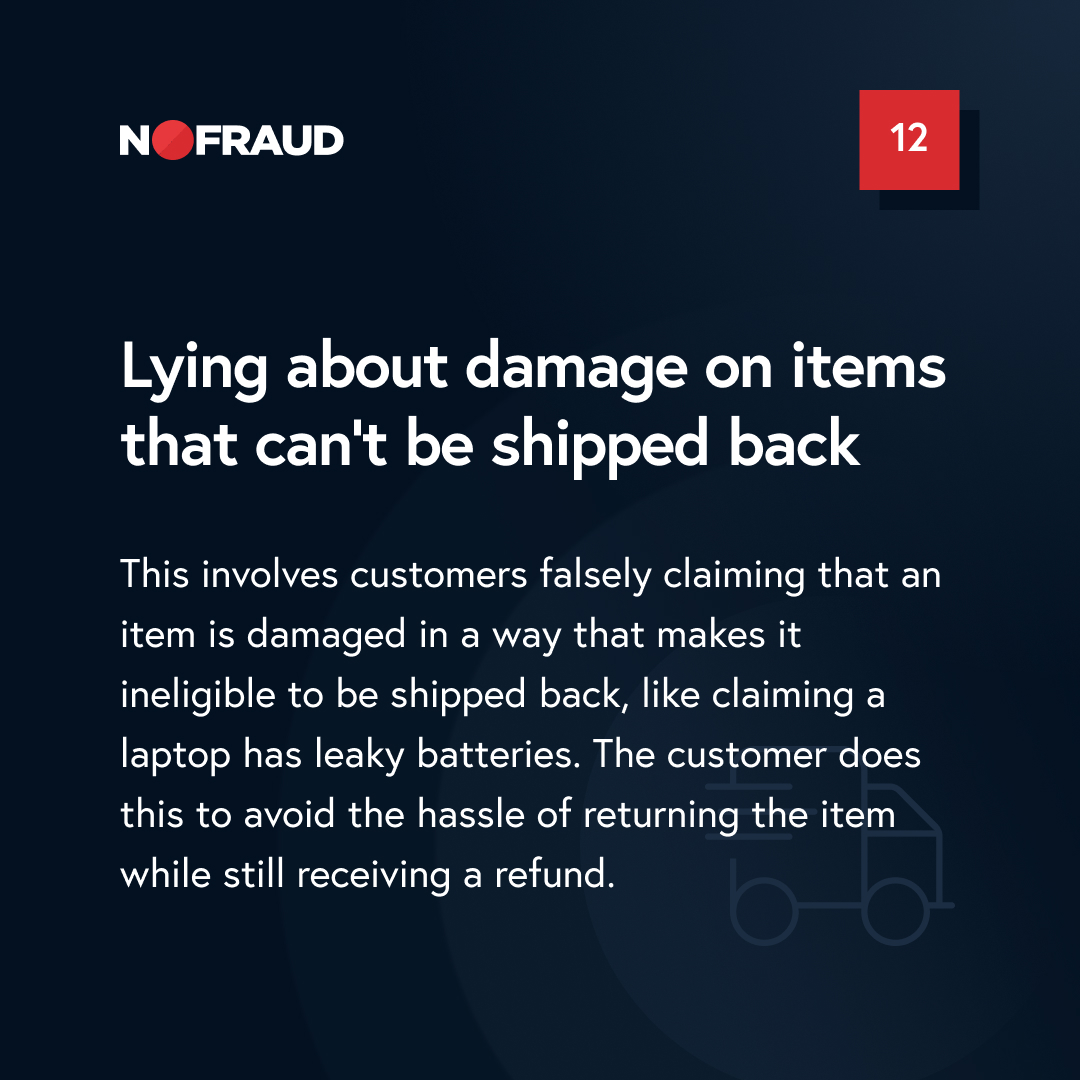


Return fraud isn’t new — but the scale and sophistication of abuse have exploded with modern ecommerce. From fake tracking IDs to wardrobing and “return to sender” scams, merchants are losing billions each year. The best defense isn’t a single policy. It’s a layered strategy that adds just enough friction for bad actors while keeping the experience smooth for genuine customers.
At NoFraud and Yofi AI , we’ve seen what works and surveyed our 10,000+ customers to identify the most popular playbooks our customers use to fight fraudsters.
1. Hold Refunds Until Inspection Is Complete
What it is: Delay or pause refunds until the warehouse or 3PL confirms the item’s actual condition.
Why it matters: This simple adjustment helps prevent losses from fake delivery scans, missing items, or “empty box” claims. Fraudsters often rely on automated refund systems that issue money back the moment a return label is scanned. By waiting for confirmation that the product actually arrived and matches the return reason, merchants regain control of the refund timeline.
Impact: You reduce immediate exposure to fraudulent refunds while keeping your policies fair and transparent. Customers who play by the rules will understand the safeguard — especially if you communicate it clearly during the return process.
2. Require In-Person Drop-Off for High-Risk Customers
What it is: Require verified return channels such as Happy Returns, in-store counters, or trusted carrier locations for specific customer segments or product categories.
Why it matters: Many scams start with fake labels, reused tracking numbers, or empty boxes dropped off at unverified carrier bins. Forcing returns through in-person or verified locations adds a powerful layer of traceability and accountability.
Impact: Every return becomes verifiable — creating a clear chain of custody and protecting your team from “he said, she said” disputes. Plus, for high-ticket or high-risk items, in-person drop-offs also deter opportunistic fraudsters who prefer low-effort scams.
3. Apply Restocking or Abuse Fees
What it is: Automatically apply small fees for repeated or high-cost return behaviors.
Why it matters: While genuine customers rarely mind a nominal restocking fee, chronic abusers take note. This policy helps recoup real operational costs — shipping, labor, repackaging—and discourages behaviors like serial wardrobing or bracketing (buying multiple sizes or colors with the intent to return most).
Impact: It sends a clear message that your business values fairness. Honest shoppers remain unaffected, while bad actors quickly realize that free returns aren’t an invitation for free rentals.
4. Require Photos During the Return Process
What it is: Ask customers to upload clear photos of the item before approving a return.
Why it matters: Visual verification helps your team spot red flags early — like worn items, swapped goods, or misrepresented damage. It also shortens the feedback loop for your operations team, helping you decide quickly whether to approve or deny a request.
Impact: By identifying potential fraud before the product even hits your warehouse, you save on reverse logistics costs and reduce wasted processing time. For extra protection, pair photo verification with metadata capture (like timestamps or device data) to spot suspicious uploads.
5. Disable Auto-Labels – Require Customer Support Contact
What it is: Stop automatic label generation for suspicious accounts or high-risk orders. Instead, require customers to contact support for approval.
Why it matters: Automation is great for efficiency — but it can also be exploited. Fraudsters rely on systems that issue instant return labels, which they can manipulate for fake shipments or unauthorized returns. Introducing a manual review step adds human oversight at the right moment.
Impact: This balances automation with intelligent intervention. By analyzing behavioral signals (like frequent returns, mismatched addresses, or flagged payment methods), you can block known fraudsters before they even begin the return process.
6. Blocklist Repeat Offenders
What it is: Suppress future orders from flagged customers, devices, or shipping addresses that have a pattern of abuse.
Why it matters: Return fraud often comes from a small group of repeat offenders who exploit loopholes across multiple accounts. By using device fingerprinting, address clustering, and customer behavior data, merchants can stop abuse at the source.
Impact: Blocking repeat offenders not only prevents future losses but also improves the overall health of your customer base. Your fraud team spends less time chasing familiar scams and more time focusing on legitimate customer issues. It also sends a strong message that your brand won’t tolerate serial abuse.
7. Communicate Accountability for Lost Returns
What it is: Set clear expectations in your return policy or checkout page that lost or damaged returns are the customer’s responsibility until received.
Why it matters: Transparency upfront prevents disputes later. Many “lost in transit” or “missing return” claims come from vague policies that leave too much room for interpretation. When customers know the rules, such as keeping tracking receipts or using approved carriers, they’re less likely to exploit the system.
Impact: Fewer chargebacks, fewer support tickets, and stronger trust with genuine buyers. You’ll also empower your team with clear policy language when handling claims.
Each of these tactics can make a meaningful impact on its own — but when combined, they create a powerful multilayer defense. The key is balance: adding enough verification to stop bad actors while maintaining a seamless experience for customers.
To learn more about what counts as return abuse and how it manifests, check out our detailed guide on return fraud.
Book Time with an Expert
Ready to put these playbooks into action?
Book time with a NoFraud and Yofi AI expert to implement the right return fraud prevention strategies for your brand. We’ll help you reduce abuse, protect your revenue, and build customer trust without breaking your operations.



